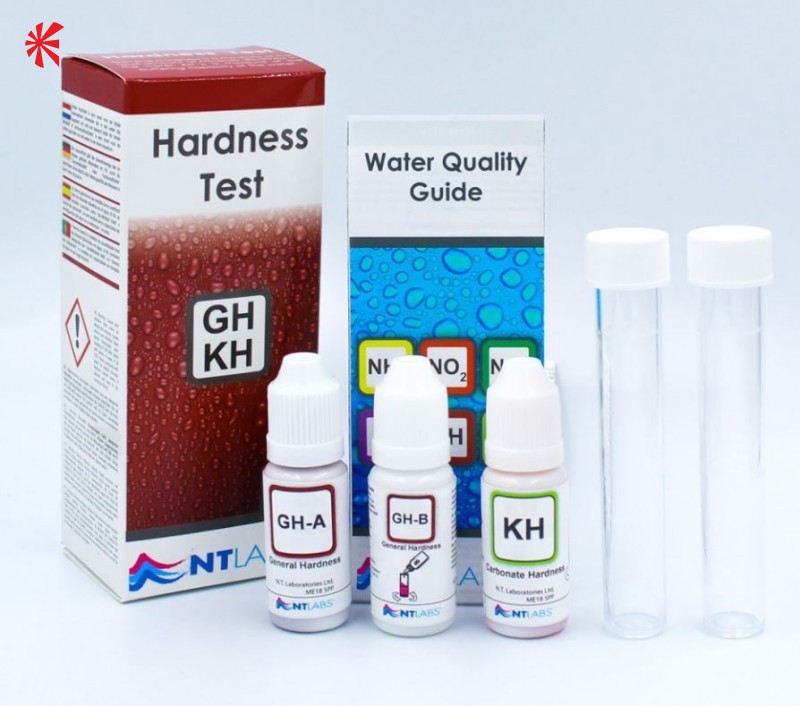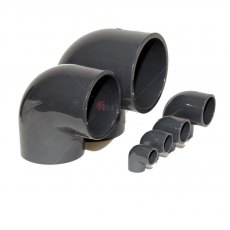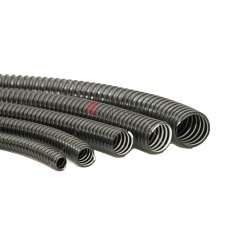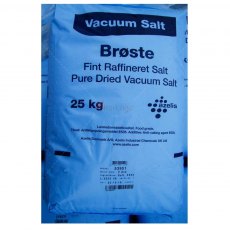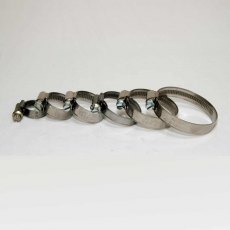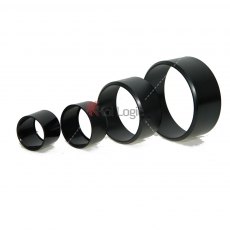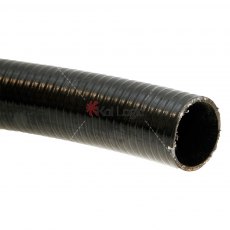NT Labs - Hardness GH & KH Water Test Kit
Product Description
NT Labs - Hardness GH & KH Water Test Kit
What is KH?
KH, also known as “total alkalinity” or “carbonate hardness”, is a measure of the buffering capacity of the water in your pond. The buffering capacity refers to how well it can resist changes in pH.
What is GH?
General Hardness is a measure of the total amount of minerals dissolved in the water. Water hardness lies on a spectrum between ‘soft water’ or ‘hard water’ depending on the amount of dissolved minerals: the more minerals present, the greater the hardness. Hard water is responsible for the build-up of limescale.
KH in detail:
What is the correct KH level?
This test kit measures KH in dKH (where one dKH = 17.8 ppm as CaCO3). It is essential to maintain a minimum KH level of at least 4 dKH at all times. A KH of between 6 and 8 dKH is more desirable.
What do I do if the KH level is wrong?
Check the KH level of your tap water. If the level is above 6 dKH, then regular water changes should keep the KH value in the pond topped up at a reasonable level. If the KH value of your tap water is below 6 dKH, you will need to add a KH buffer such as KH – Buffer Up to your pond.
How to use?
- Ensure the test tube is clean.
- Take a 5 ml sample of water into the test tube.
- Take the KH reagent and add one drop, mix and the water sample should turn pale blue.
- Keep adding drops, one by one (remember to count the drops), mixing between drops, until the blue colour turns to yellow. The number of drops, including the first drop, needed to bring about the colour change is equal to the KH value in dKH. Should the first drop of reagent turn the sample yellow then the KH value is below 1 dKH – this is extremely dangerous for fish.
- Contains upto 80 Freshwater tests
GH in detail:
What is the correct GH level?
This test kit measures GH in dGH (where one degree = 17.8 ppm as CaCO3). For pond fish, between 8 and 12 dGH is ideal.
What do I do if the GH level is wrong?
Test the GH of your tap water. The GH of tap water is determined by whether you live in a hard or soft water area. If the water is too hard for the fish being kept, alternative waters can be used, such as reverse osmosis water, to lower the GH. In ponds, where rainwater tends to lower the GH with time, GH & Minerals Up can be used to boost the GH back to a suitable level.
How to use?
- Ensure the test tube is clean.
- Take a 5 ml sample of water into the test tube.
- Take the GH A reagent and add two drops.
- Mix and the water sample should turn dark pink. Adding one drop of reagent GH B at a time, mixing between drops, count the number of drops required for the solution to change from pink to blue.
- The number of drops needed to bring about the colour change is equal to the GH value in dGH. Should the first drop of GH B reagent turn the sample blue then the GH value is below 1 dGH and indicates very soft water.
- Contains up to 80 Freshwater tests
FAQs:
Q: Why do I run out of 1 reagent before the other(s)? A: We fill our test kit reagent bottles to a minimum amount before they are put through a vigorous QC regime. This means that the vast majority of bottles will in fact be overfilled by varying amounts meaning that the reagents may well run out at different rates but you should be able to carry out at least the number of tests stated on the packaging.
Delivery
Courier Delivery: Next Working Day Service (for in stock items)
Courier Delivery Saturday Delivery Service
Royal Mail - First & Second class: 1-3 Working Day Service
If a product is deemed to be fragile/bulky or heavy, surcharges may be added to your delivery charges at checkout.
An item will be noted as In stock when you select the product and size you require. Available items are usually in stock that day or within 1-2 working days, with the exception of some bulkier or high value items.
All delivery service times apply to stock items ordered before 1pm
Product Features
Collect in Store
This item is available for collection.
Loyalty Scheme
Earn up to 9 loyalty points with this product.





